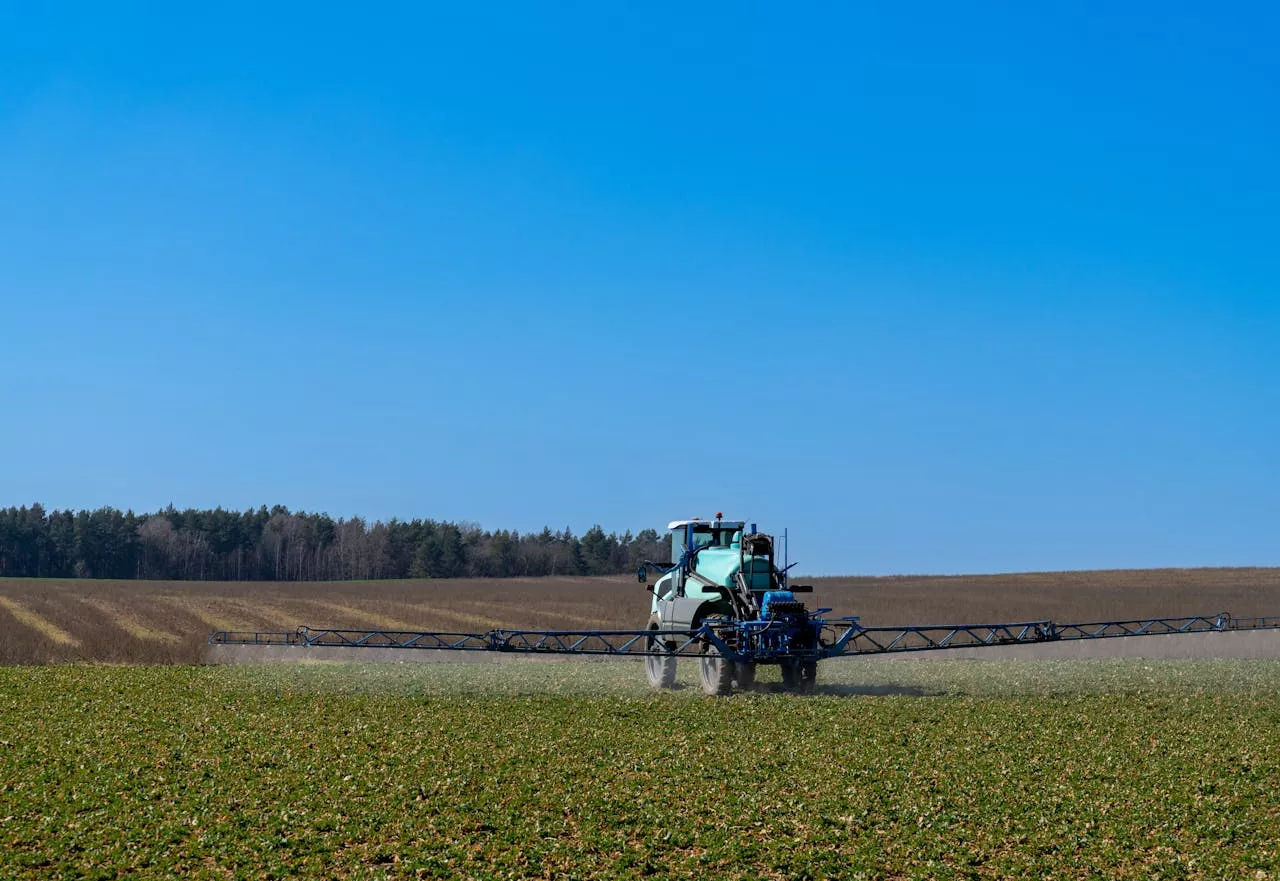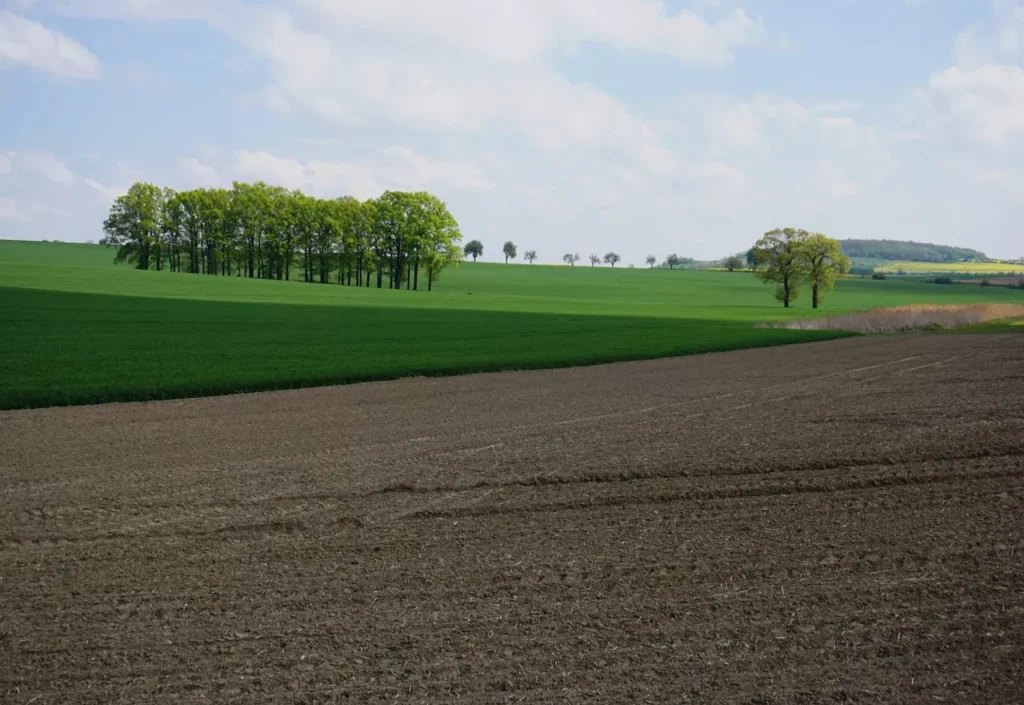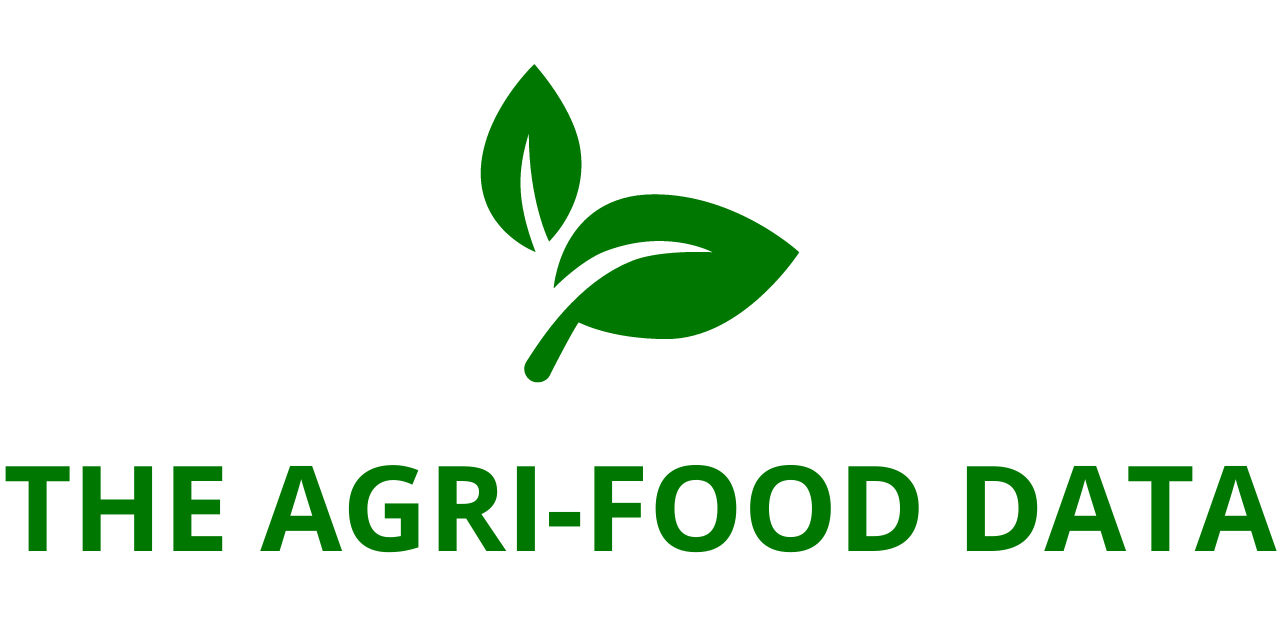
The new report titled “Smart Oil Crops Market – A Global and Regional Analysis: Focus on Application, Product, and Regional Insights – Analysis and Forecast, 2025–2035”, now available on ResearchAndMarkets.com, provides a comprehensive overview of how precision farming, AI-driven technologies, and sustainable agricultural innovations are revolutionizing the global oilseed industry.
As the world grapples with rising demand for edible oils and biofuels, along with growing concerns over food security and environmental sustainability, the smart oil crops market has emerged as a critical enabler of efficient, climate-resilient agriculture. This market integrates real-time intelligence, automation, and data-driven decision-making to maximize oilseed yields while minimizing inputs and resource use.
Growing Demand for Sustainable and High-Yield Oilseeds
The global demand for edible oils continues to soar, driven by population growth, dietary diversification, and expanding biofuel production. At the same time, governments and producers face mounting pressure to reduce reliance on imported oils and ensure domestic food security.
Smart oil crops—such as soybean, canola, sunflower, mustard, sesame, and groundnut—are at the forefront of this transformation. Through the integration of precision farming, smart sensors, satellite imagery, and AI-based analytics, producers can now optimize yields, reduce costs, and achieve higher sustainability outcomes.
The transition toward smart farming systems is being propelled by a combination of public policies, climate imperatives, and technological breakthroughs. These factors are collectively reshaping the way oil crops are cultivated, processed, and marketed worldwide.
Policy Support Driving Market Growth
Governments around the world are recognizing the vital role of oilseeds in food security and energy sustainability. In India, the National Mission on Edible Oils – Oilseeds (NMEO-Oilseeds), launched in 2024 with a budget of $121.58 million, is a landmark initiative aimed at increasing domestic oilseed production.
This mission sets ambitious targets to boost production from 39 million tons in 2022–23 to nearly 70 million tons by 2030–31. It emphasizes the adoption of high-yield seed varieties, development of seed hubs, and deployment of digital tools for quality monitoring. The initiative also promotes precision farming technologies such as soil sensors, satellite-based crop tracking, and drone-based spraying to optimize input efficiency and minimize post-harvest losses.
Similarly, in Canada, the government has announced a five-year investment of $3.7 million focused on developing new technologies and crop varieties that can enhance oilseed resilience against climatic fluctuations. The initiative supports research on cold-tolerant and drought-resistant oil crops, a step crucial for safeguarding long-term productivity.
In the United States, the USDA has forecasted a modest increase in oilseed acreage for the 2025–26 marketing year, largely driven by a shift toward rapeseed and soybean cultivation. The department is also channeling funds into the National Center for Resilient and Regenerative Precision Agriculture, investing $160 million to accelerate the adoption of AI-driven crop analytics and soil health programs.
Together, these policy measures are reinforcing a global transition toward sustainable, tech-enabled oil crop production—reducing dependency on imports and securing food and energy supplies for the future.
Soybean: The Cornerstone of the Smart Oil Crops Market
Among all oil crops, soybean remains the undisputed leader in the global smart oil crops market. Its versatility, adaptability to precision agriculture, and strong demand across food, feed, biodiesel, and industrial sectors make it a key driver of growth.
Soybean cultivation has benefited immensely from smart technologies. The integration of AI, IoT, and data-driven farm management has enabled precise control over sowing, irrigation, pest management, and harvesting. Smart tractors, autonomous planters, and drone-based crop mapping systems are now widely used in regions such as the U.S., Brazil, India, China, and the European Union.
In 2024, several major initiatives demonstrated how digital agriculture is transforming oilseed farming:
- Farmonaut’s Precision Agriculture Platform and World Bank Climate-Smart Agriculture Projects have advanced satellite-based crop analytics for oilseed farmers.
- India’s NMEO-Oilseeds digital transformation program has trained thousands of farmers in drone-assisted spraying and IoT-based soil monitoring.
- Large-scale Precision Agriculture Technology Uptake Surveys show that up to 60% of oilseed growers have already adopted at least one form of smart agri-tech, marking a significant shift toward data-driven production systems.

Regional Insights: North America Leads, Asia-Pacific Accelerates
North America continues to dominate the global smart oil crops market, supported by strong technological infrastructure and robust farm mechanization. The U.S. leads in soybean cultivation, while Canada’s canola industry benefits from advanced automation, AI-based forecasting, and integrated irrigation systems.
However, the adoption rate varies significantly. While large U.S. farms have fully embraced precision agriculture, small and mid-sized farms—representing over 85% of the total—still lag behind, mainly due to cost barriers and digital skill gaps. To bridge this divide, federal programs are incentivizing cooperative technology sharing and regional digital farming clusters.
Meanwhile, in the Caribbean region, the Caribbean Community Climate Change Centre (CCCCC) and UNDP are collaborating on climate-smart oilseed programs, emphasizing resilience, biofuel crop diversification, and AI-powered crop monitoring systems to reduce food imports and strengthen local economies.
In Asia-Pacific, rapid technological adoption, government support, and private sector investments are driving significant expansion. India, China, and Indonesia are investing heavily in smart irrigation networks, digital seed supply chains, and regional crop intelligence platforms, positioning the region as a major growth frontier through 2035.
Strategic Insights for Organizations
Product and Innovation Strategy:
The report outlines how equipment categories—such as smart tractors, planters, sprayers, and harvesters—are evolving to meet specific oilseed farming needs. It also analyzes system components like navigation, sensing, irrigation, and yield monitoring systems, which are becoming more energy-efficient and interconnected. Software advancements, including farm management, remote sensing, and decision support tools, enable continuous performance monitoring and better resource allocation.
Growth and Marketing Strategy:
The market is evolving rapidly as key players integrate AI, IoT, and robotics into crop management systems. By adopting precision irrigation and automation, companies can achieve higher yields with lower input costs and reduced environmental footprints. The report highlights how firms can align their strategies with regional agricultural policies, technological readiness, and farmer needs to capture high-growth segments.
Competitive Strategy:
Comprehensive benchmarking in the report enables organizations to evaluate their position in terms of innovation, partnerships, and market presence. It provides insights into how leading players are developing new solutions and leveraging digital ecosystems to maintain competitiveness.
Competitive Landscape and Key Players
The competitive landscape of the smart oil crops market is marked by rapid innovation and collaboration across machinery, biotechnology, and digital platforms.
Leading companies such as Deere & Company, AGCO Corporation, and Corteva Agriscience are investing in AI-powered machinery, genome-edited seed varieties, and autonomous equipment that enhance yield efficiency. Trimble Inc. and Kubota Corporation have launched new GPS-enabled tractors and precision irrigation systems, particularly targeted at small and medium farms in South America and Asia-Pacific.
Topcon Corporation and Kinze Manufacturing continue to innovate in geospatial analytics and planting systems, while Valmont Industries focuses on delivering advanced irrigation infrastructure across the Middle East and Africa, addressing critical water management challenges.
Collectively, these advancements underscore the emergence of “root-to-oil intelligence”—a fully connected ecosystem where smart devices, data analytics, and AI work together to enhance every phase of oilseed cultivation. Supported by global policy initiatives and industry collaboration, the smart oil crops market is poised to play a central role in advancing food security, sustainability, and renewable energy production through 2035.





